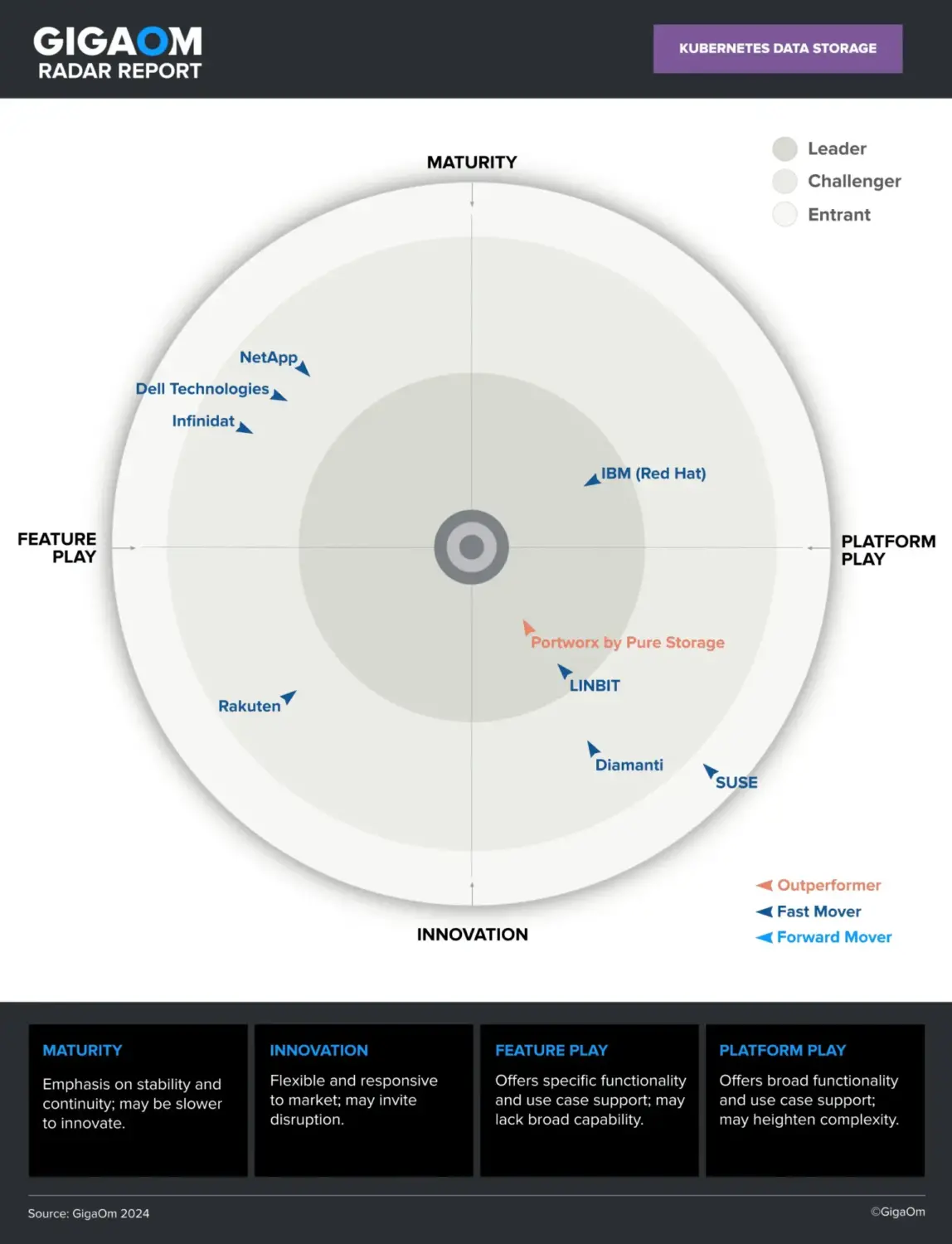Portworx & Red Hat Hands-on Labs Register Now

Let’s be honest. Virtualization used to be a solved problem. Then came new workloads, rising costs, and a curveball from VMware that has every CIO and IT architect rethinking their roadmap.
Even before VMware’s price hikes made headlines, forward-looking teams were already feeling the strain. Fragmented infrastructure. Duplicate control planes. Pressure to modernize. And a growing sense that managing legacy VMs and modern container-based apps in separate silos was no longer sustainable.
Now with VMware encouraging customers to adopt their full-stack suite at a premium, the question isn’t whether to modernize. It’s how quickly you can pivot.
Containers Were Coming Anyway. VMware Just Gave You a Deadline.
AI and ML, 5G and 6G, Edge, and IoT workloads are all being built in containers. Kubernetes is already the control plane of choice across the cloud and the data center. Meanwhile, many enterprises are stuck juggling vCenter for legacy VMs and Kubernetes for next-gen apps. Two control planes. Two teams. Zero cohesion.
Worse, building a truly hybrid cloud that supports workload mobility and agility often meant doubling down on vendor lock-in just to make the pieces work together.
Now that VMware’s licensing changes are forcing your hand, this is the moment to build forward instead of backward.
Why OpenShift Virtualization, KubeVirt, and Portworx Is the Future-Proof Stack
This isn’t about swapping one vendor for another. It’s about collapsing silos, aligning to open standards, and putting Kubernetes at the core of your infrastructure strategy.
Here’s what CIOs and architects stand to gain:
- Lower TCO by up to 90%: Customers are seeing 60 to 90 percent cost reductions by replacing proprietary VM platforms with Kubernetes-native virtualization. Your CFO will want to frame the before-and-after charts.
- Unify VM and container management: Standardizing on Kubernetes means one control plane for both legacy workloads and modern apps. You get better resource utilization and a cleaner architectural model.
- Cloud agility without lock-in: Migrate both VM and containerized workloads across any cloud. Build once, run anywhere, with no proprietary dependencies.
- Put data where it matters: Co-locate legacy VM data and applications next to your AI and ML stack. This improves performance and makes the most of your infrastructure investments.
- Enterprise-grade capabilities, fully intact: Live migration, VM backup and restore, zero-RPO disaster recovery, and asynchronous DR with 15-minute intervals are all possible on Kubernetes.
- Make the most of existing storage: OpenShift Virtualization with Portworx runs on any major storage platform. For those using Pure Storage, Portworx offers full automation and a consumption-based model through Evergreen One.
This Isn’t Just a Migration. It’s a Strategic Replatforming.
If you are being pushed to make a move, this is your opportunity to rethink your virtualization strategy entirely. OpenShift Virtualization and Portworx provide a clean path to simplify operations, reduce costs, and future-proof your infrastructure.
This is a rare convergence of technology alignment, budget optimization, and long-term modernization. Why settle for another lift-and-shift when you can leap ahead?
Why just virtualize when you can modernize?
Share
Subscribe for Updates
About Us
Portworx is the leader in cloud native storage for containers.
Thanks for subscribing!






